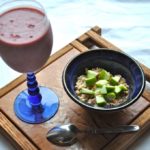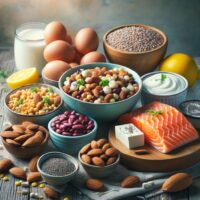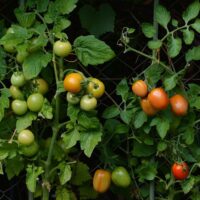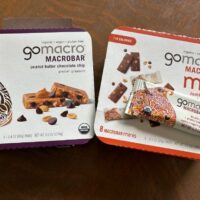Diverse Protein Sources for a Healthier You
Last week I covered the topic of how much protein we need in a day and dispelled the idea that protein causes kidney damage. In case you missed it, here’s a link to that blog post:
Is Too Much Protein Dangerous?
Why is protein important and what are the various sources of this necessary macronutrient?
Protein serves as the building block for the human body. It is vital for the repair and growth of tissues, the production of enzymes and hormones, and maintaining muscle mass.
Proteins are made up of amino acids, some of which are essential because the body cannot produce them on its own. Thus, including various protein sources in your diet is not just beneficial but necessary for overall health.
Adequate protein intake helps in muscle repair and growth, especially important for those engaged in regular physical activities. Furthermore, protein plays a crucial role in weight management by promoting satiety and reducing overall calorie intake.
Animal-Based Protein Sources
- Eggs: Often referred to as a “complete protein,” eggs contain all nine essential amino acids. They are also one of the most versatile food items in the culinary world, easily incorporated into various meals.
- Dairy Products: Greek yogurt and cottage cheese are excellent dairy-based protein sources. They are also rich in calcium and probiotics (cottage cheese brands that state “live cultures”), which aid in digestive health.
- Meat and Poultry: Lean meats like chicken, turkey, and lean cuts of beef and pork (NOT hot dogs, bacon, sausage– you get the idea), are excellent sources of high-quality protein. They are also rich in important minerals like iron and zinc.
- Fish: Oily fish such as salmon and tuna are not only good protein sources but also provide omega-3 fatty acids, which are beneficial for heart health. Choose wild-caught varieties.

Plant-Based Protein Sources
- Legumes: Beans, lentils, and chickpeas are not only high in protein but also fiber, which helps in digestion and prolonged satiety.
- Nuts and Seeds: Walnuts, chia seeds, and flaxseeds are not only protein-rich but also contain healthy fats and fibers, making them an ideal snack for sustained energy release.
- Whole Grains: Grains like quinoa, oats, and barley provide a significant amount of protein and are also excellent sources of fiber and other nutrients.
- Soy Products: Minimally processed soy foods like tofu, tempeh, and edamame are staple protein sources in vegetarian and vegan diets. They are adaptable in various recipes, from stir-fries to salads.
Protein-Packed Breakfast Ideas
- Smoothies: Protein smoothies made with Greek yogurt or a plant-based protein powder.
- Omelets: Vegetable-stuffed omelets with a sprinkle of cheese or tofu.
- Overnight Oats: Prepare them with chia seeds and nuts for added protein.
Protein-Enhanced Snacks
- Homemade Trail Mix: Combine nuts, seeds, and a bit of dark chocolate.
- Hummus and Veggies: Pair homemade or store-bought hummus with crunchy vegetables.
- Protein Bars: Make your own protein bars using nuts, protein powder and oats.

Whether through animal or plant sources, ensuring diverse and adequate protein intake can lead to a healthier life. It’s not just about quantity but also the quality and variety of protein that contributes to a balanced and nutritious diet.
Many of you have asked if it’s okay to pass along these blog posts to friends and family. By all means, YES! My intent is to share the best and most current information I can find with as many of you as possible.
Thanks for reading and sharing.
Much love,
Health Coach Carol
“I think proteins are really good for your brain. And your brain is where comedy comes from.” — Carrie Brownstein








